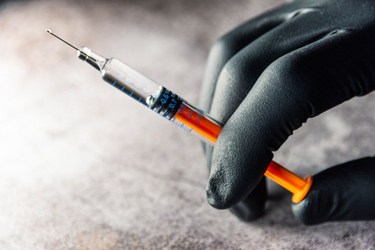Combining Rapid And EP Bioburden Testing
By Anne Connors Senior Field Marketing Manager BioMonitoring, MilliporeSigma and Agnes Degrave, Global Advanced Microbiology Services Manager Merck KGaA, Darmstadt, Germany

To ensure a pharmaceutical product is safe for patients, it is mandatory to determine its bioburden in a tightly regulated quality control examination. Bioburden testing (or microbial limit testing) quantifies the number of aerobically growing bacteria, yeasts, and molds on surfaces or in solutions of, for example, raw materials, process intermediates, and final products. While essential from a product safety perspective, bioburden testing has proved to be a bottleneck in operational timelines, with manufacturers having to wait up to five days for the results of the compendial method test. Over this period, the next processing steps can often not commence or the final product is not released to the market, while storage costs mount and patients quite possibly have to wait. Hence there is a palpable desire to reduce the time to result.
This article describes a combined procedure in which compendial testing is complemented by a simultaneous rapid test that uses the identical sample to generate much earlier results while allowing the compendial test to continue.
Get unlimited access to:
Enter your credentials below to log in. Not yet a member of Pharmaceutical Online? Subscribe today.
